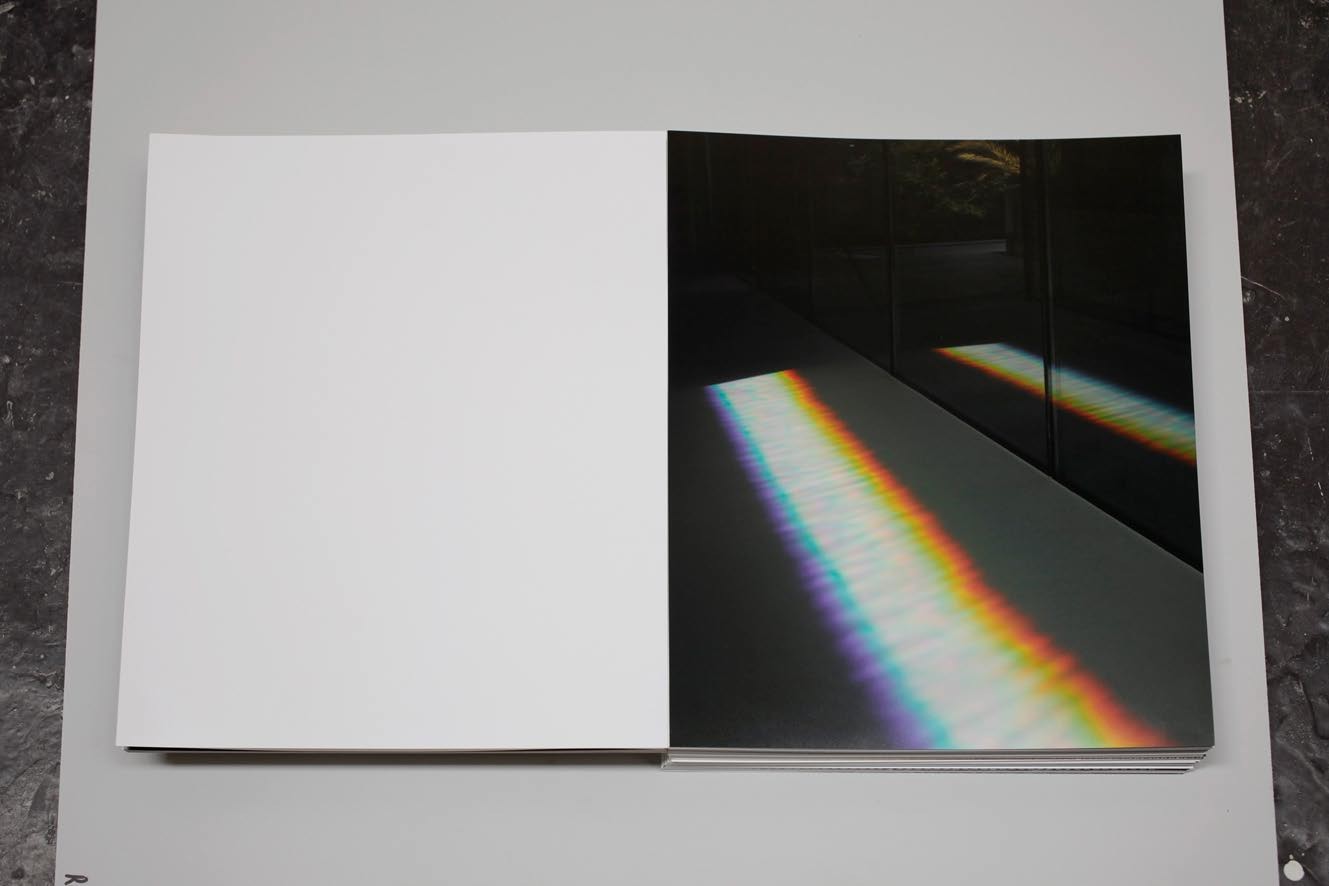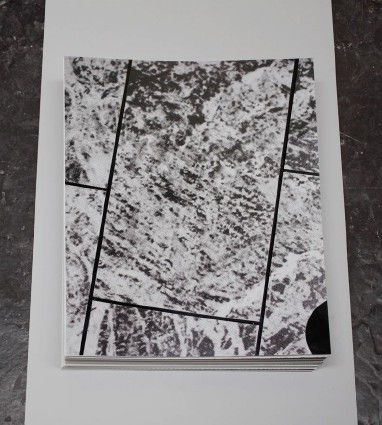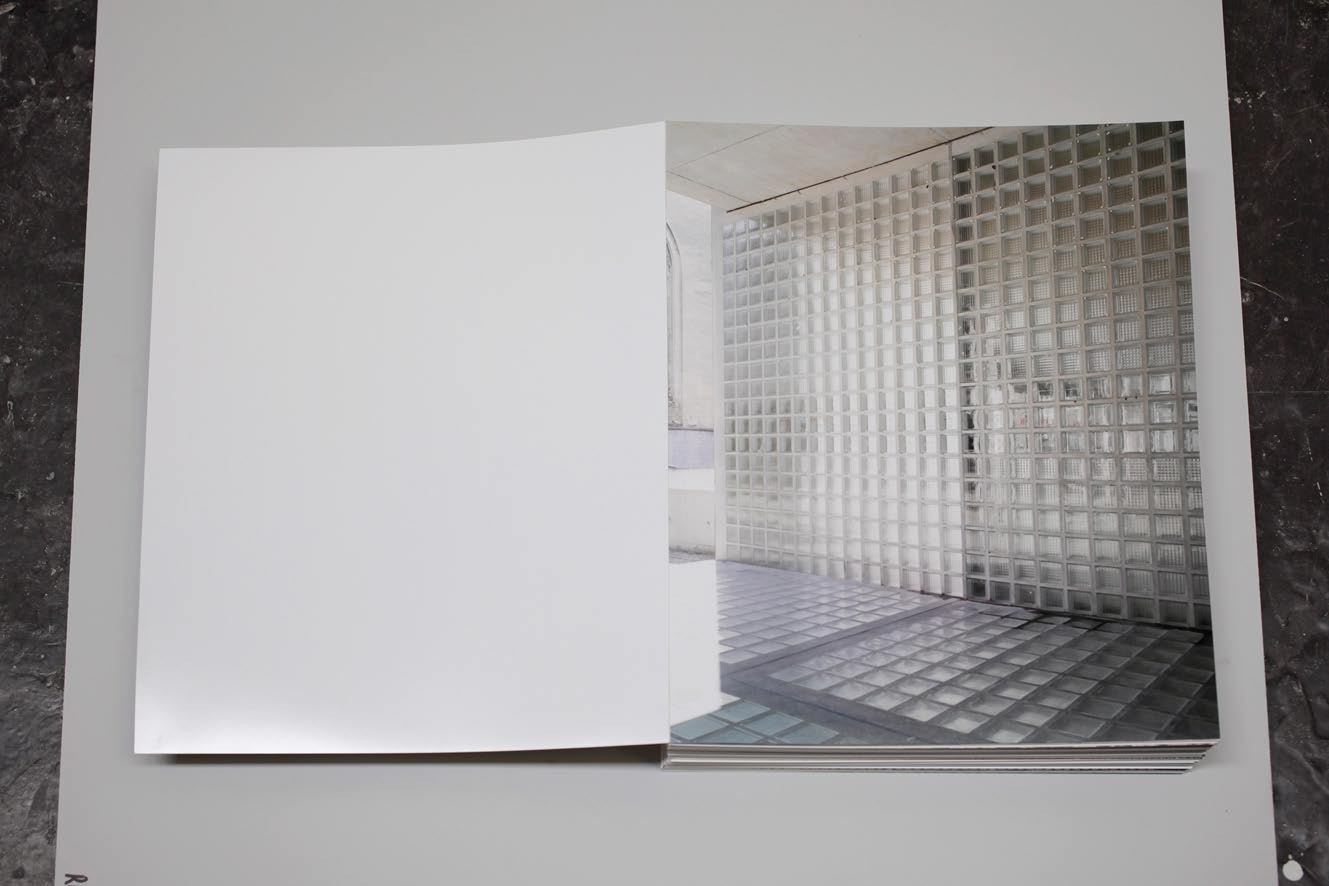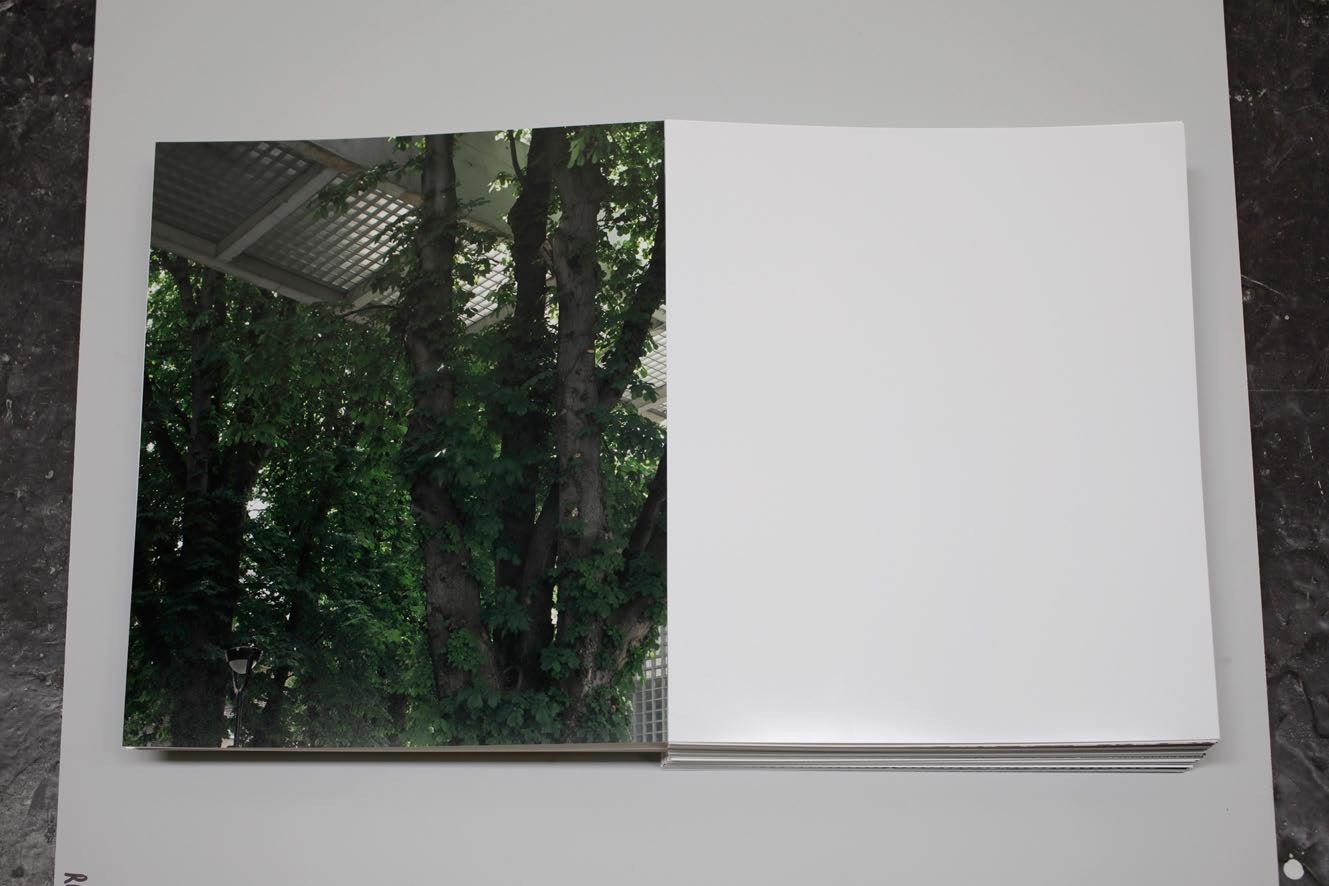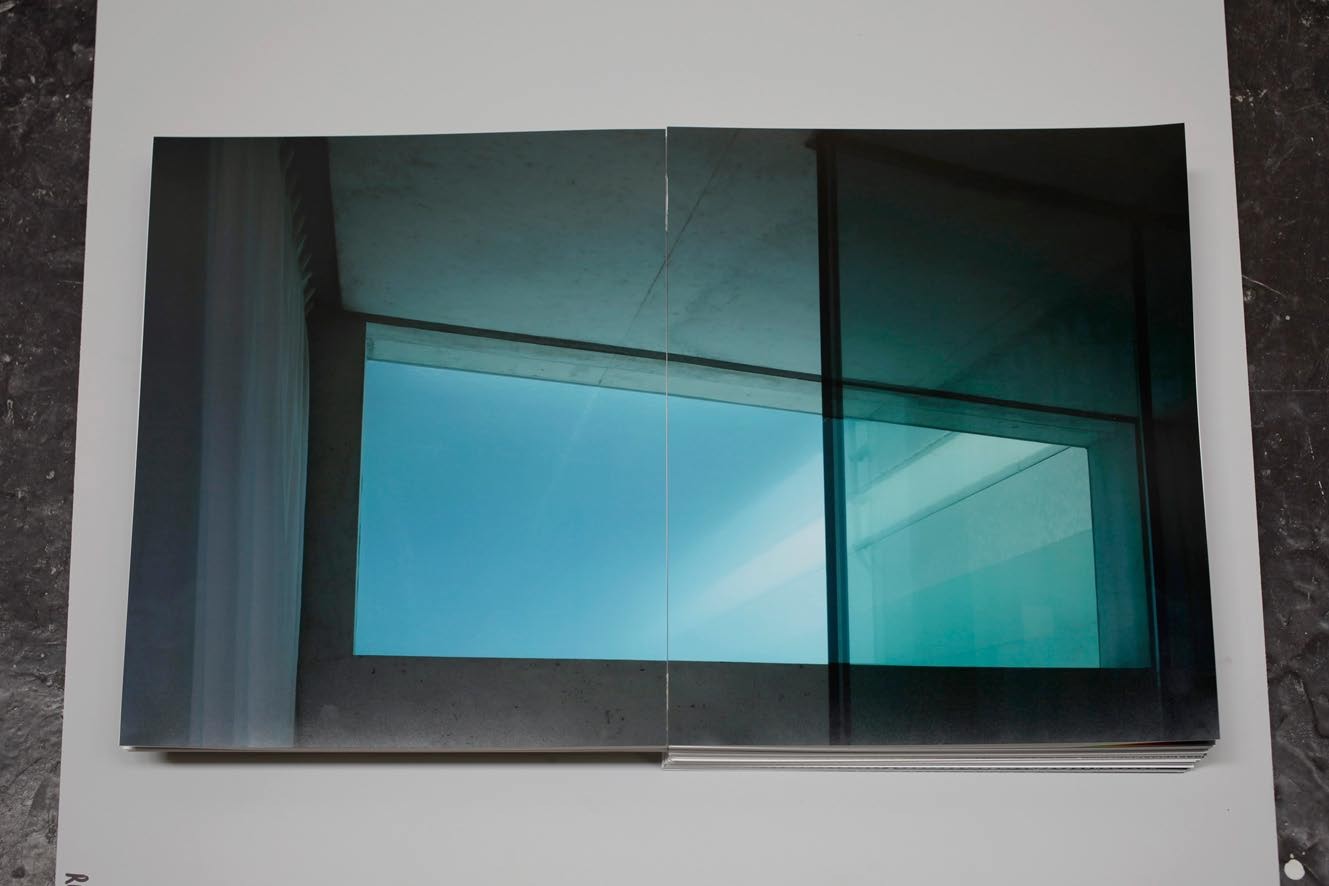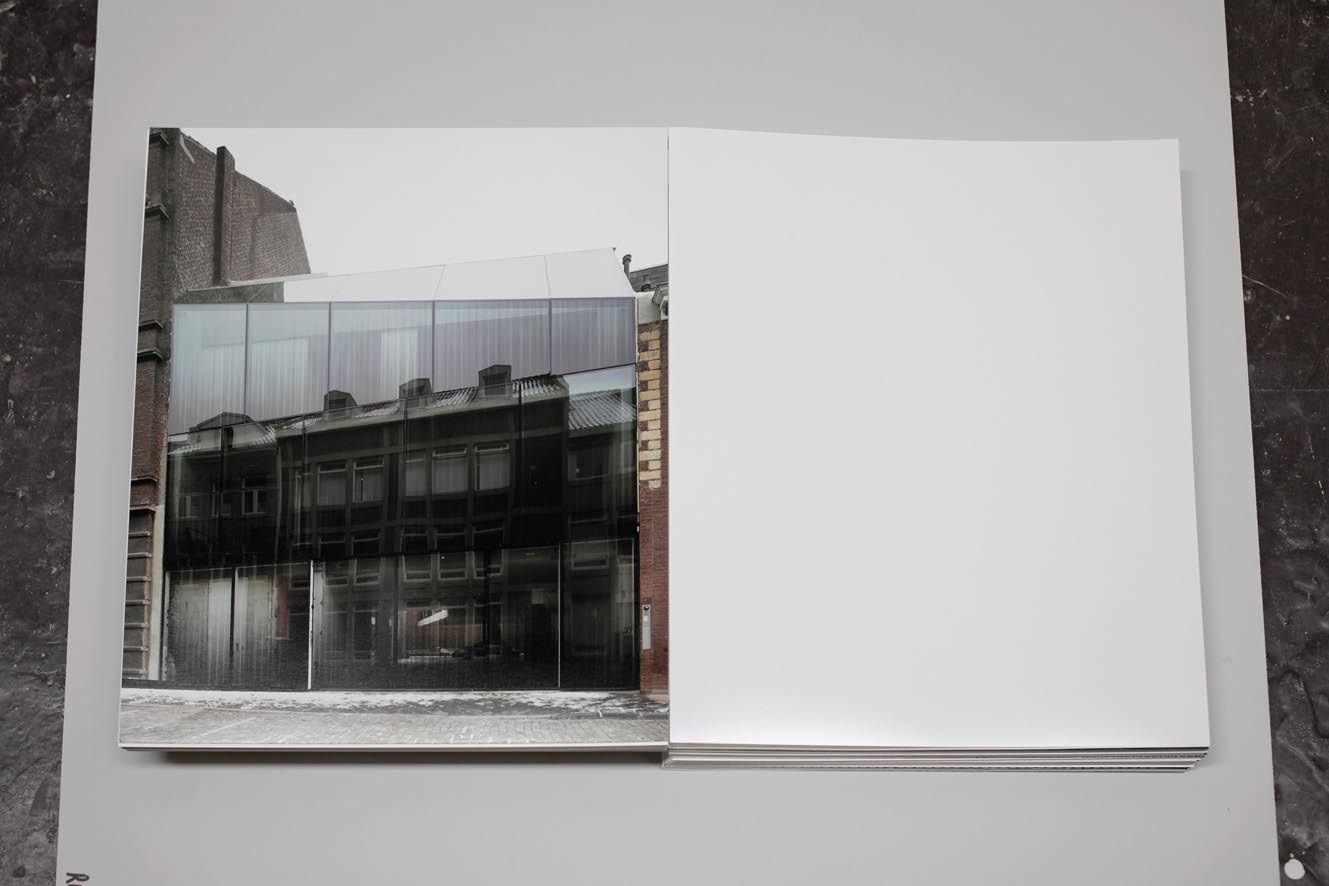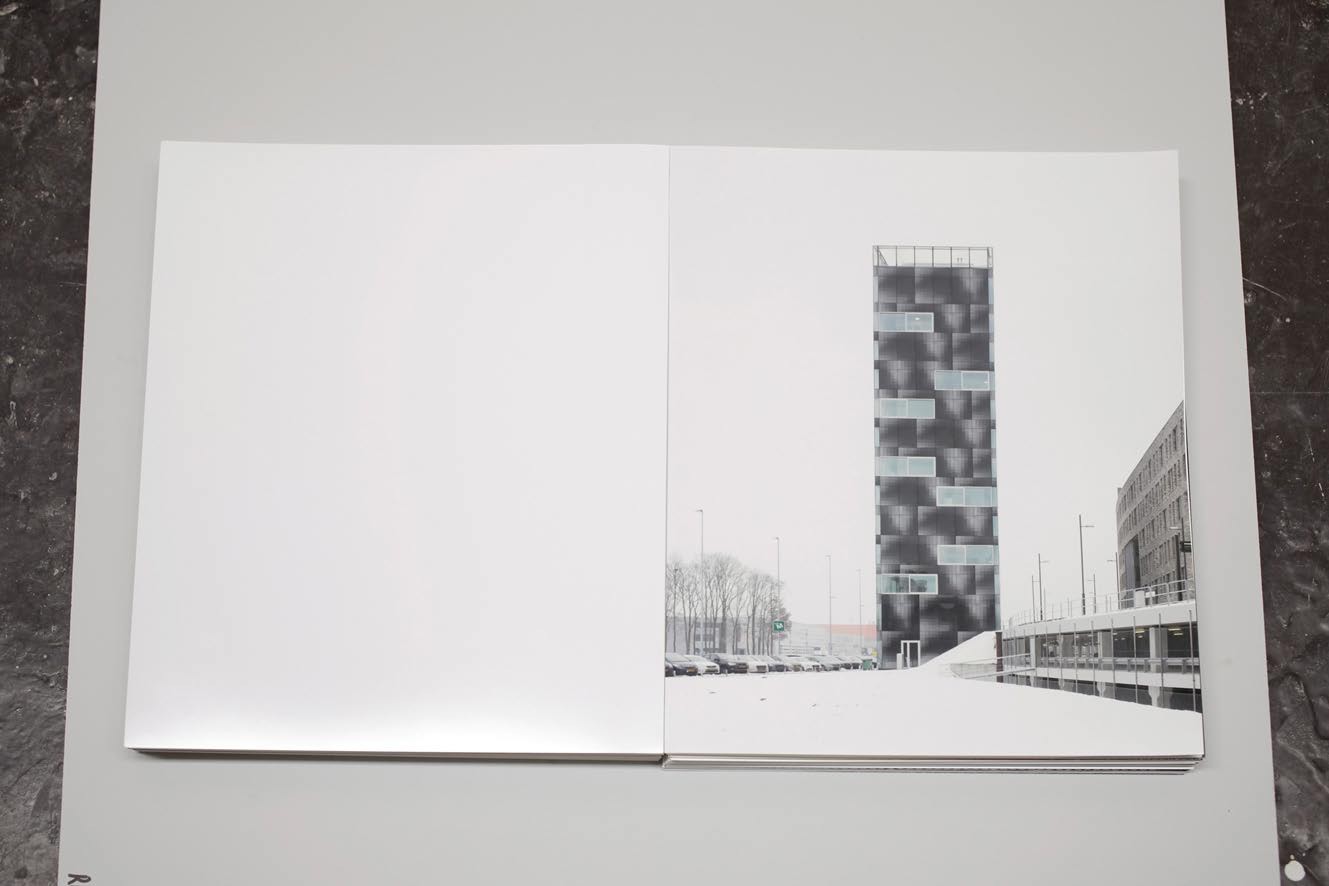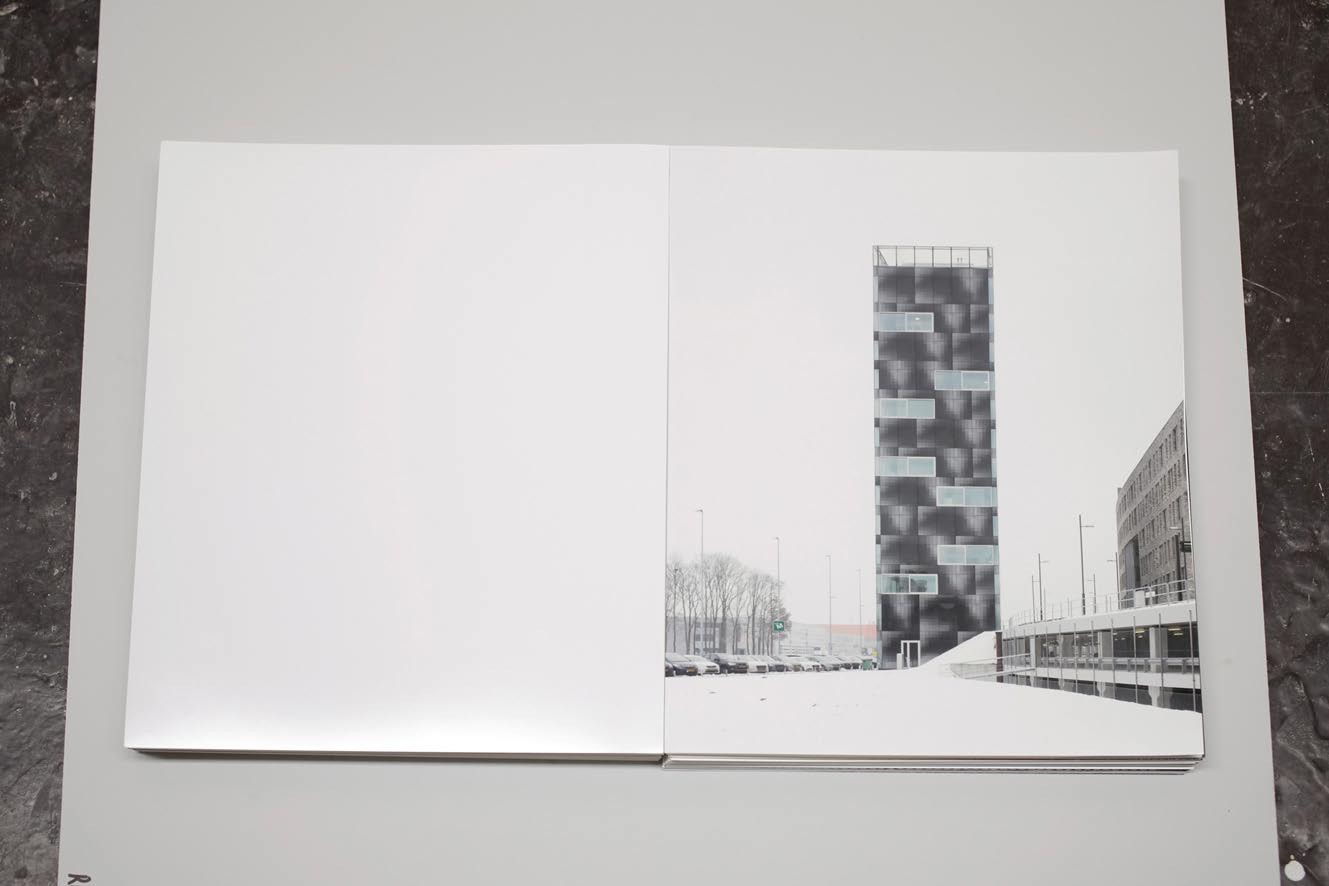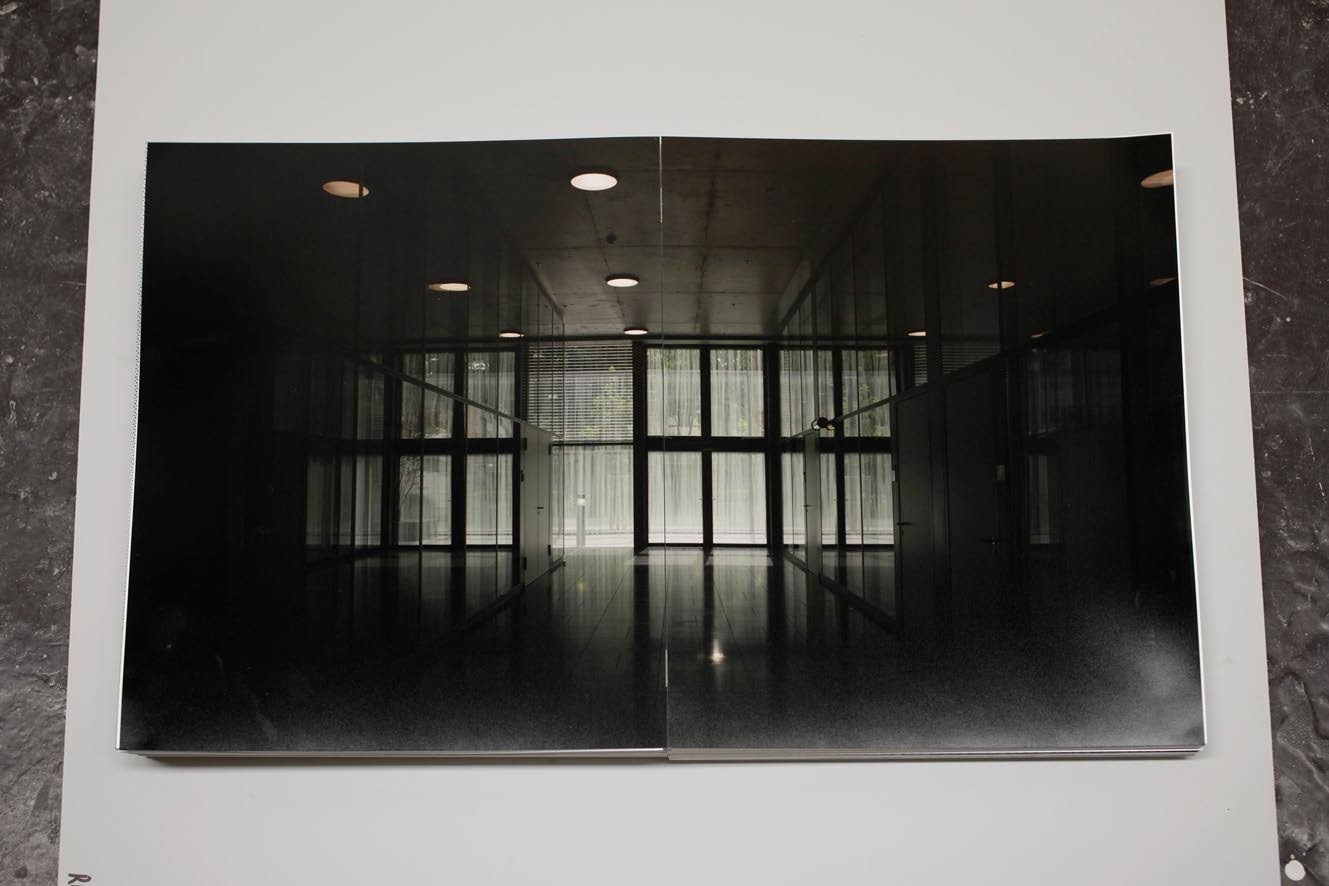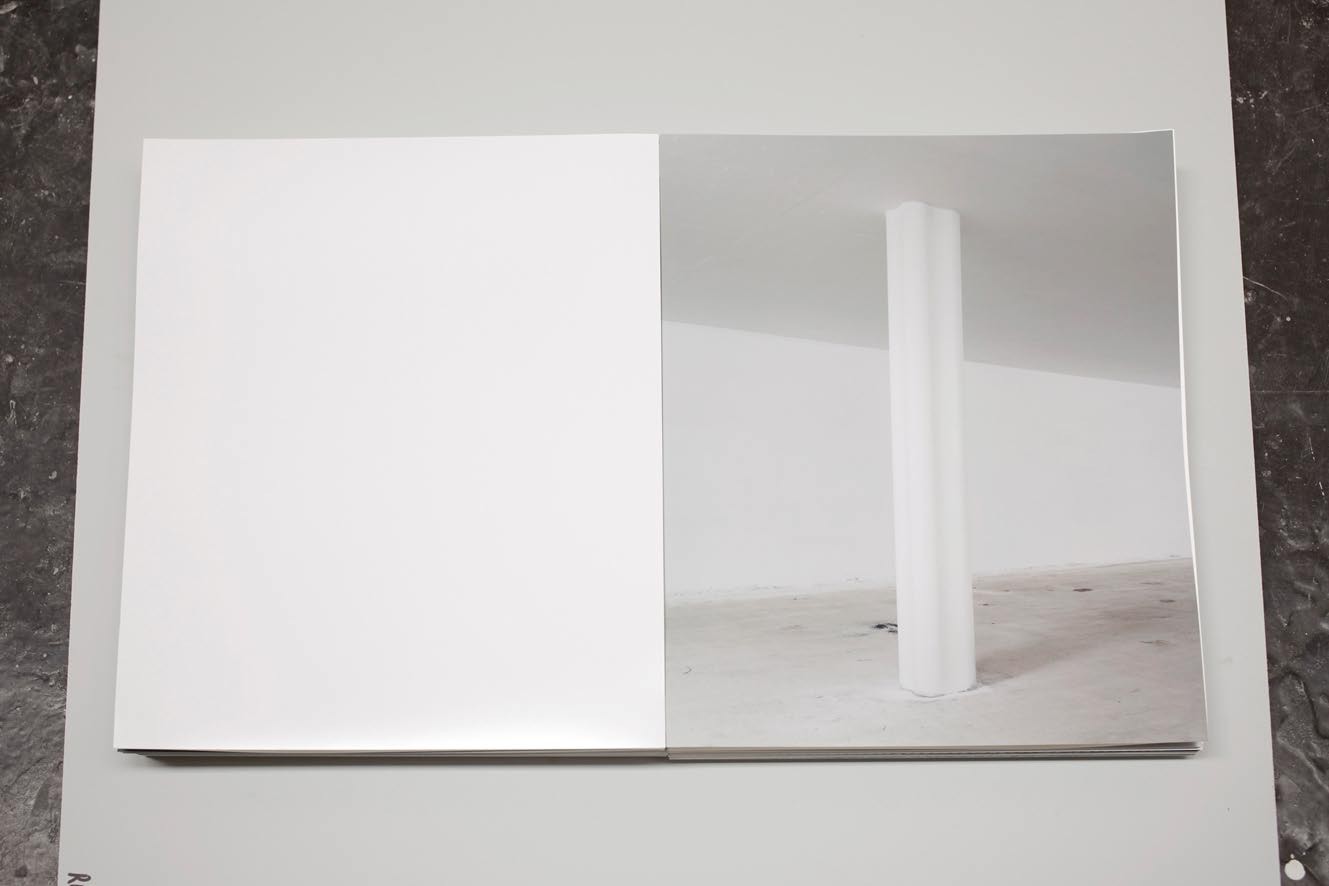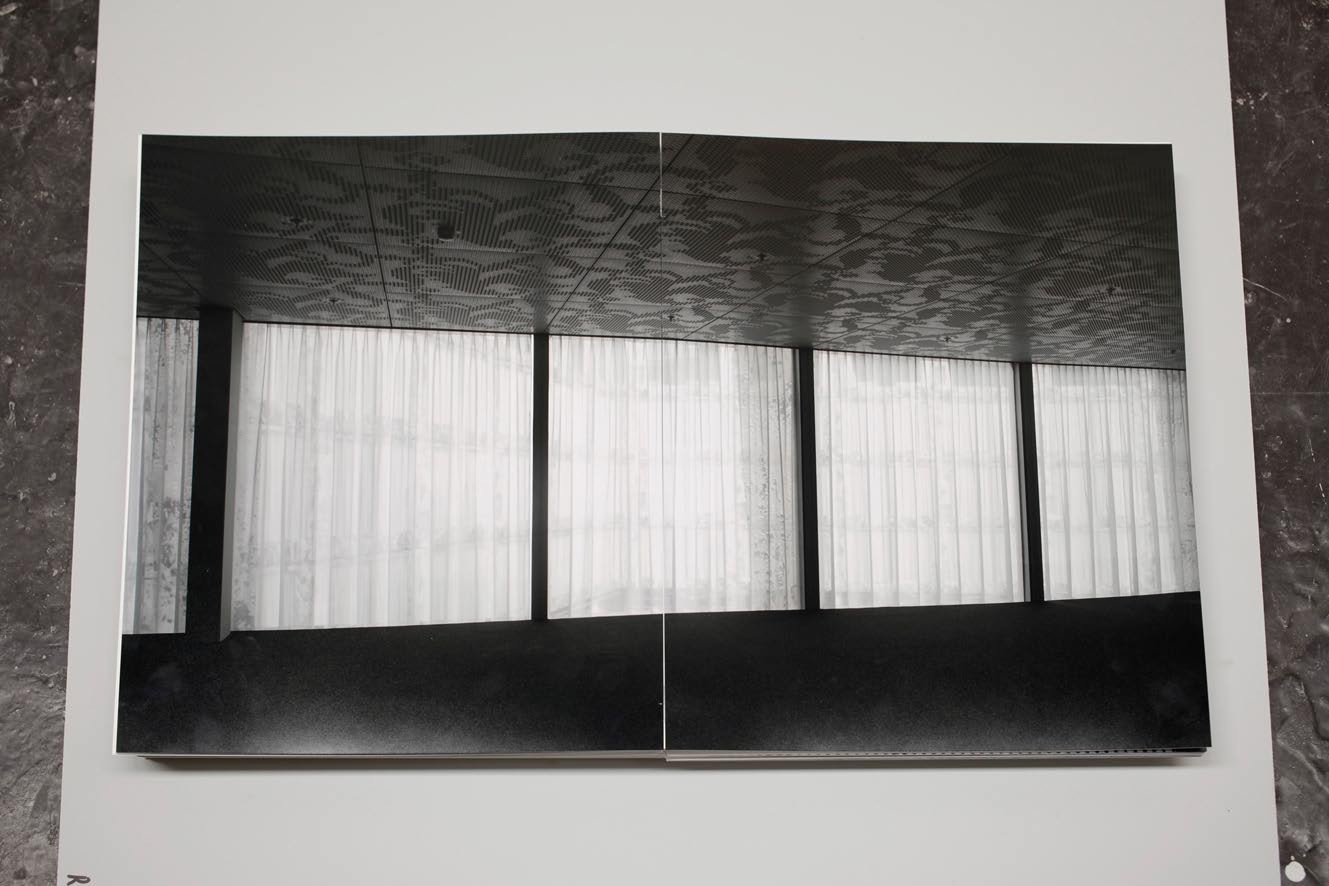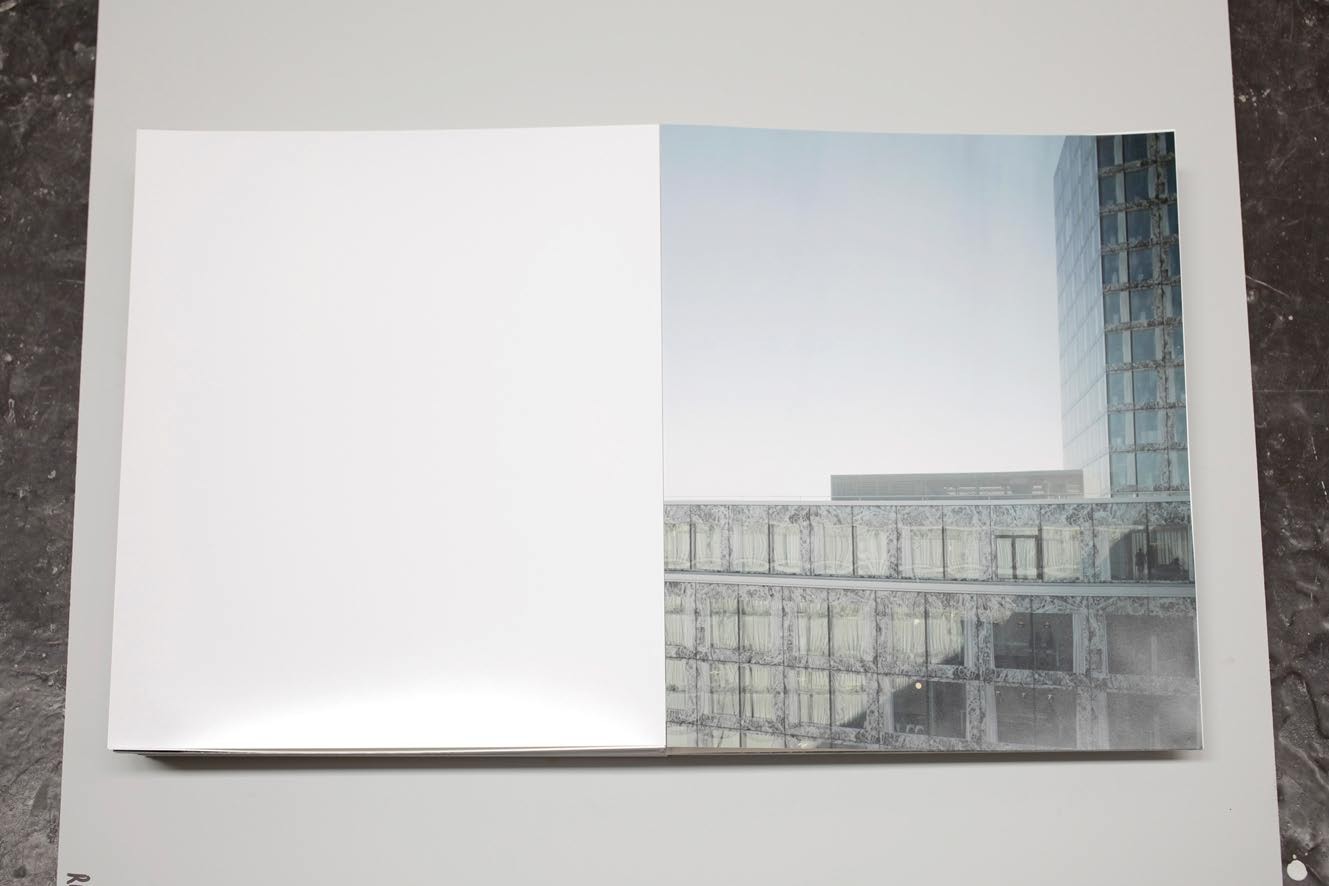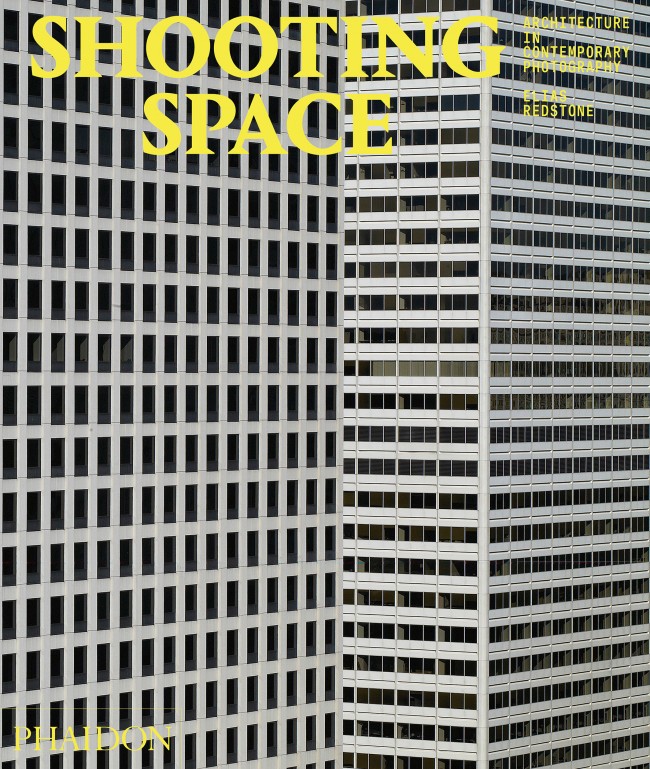BOOK CLUB: BAS PRINCEN & WIEL ARETS
There is something incredibly satisfying about the latest book by photographer Bas Princen. Following his 2011 publication Reservoir, Princen’s practice continues to respond to the built environment and its relationship to the natural world. While the subject matter of Reservoir remained ambiguous and global, this time around Princen takes the buildings of a single architect — fellow Dutchman Wiel Arets — as the subject matter for an entire book.
Trained as an industrial designer at the Design Academy Eindhoven and as an architect at the Berlage Institute in Rotterdam, Princen turned to photography as a tool to research the various forms, outcomes, and possibilities of landscapes in transformation. Arets is known for his meticulously designed, highly polished buildings, which have often been photographed by Kim Zwarts, so it is somewhat surprising that he invited Princen to interpret his work in a more subjective manner.
Over a period of three years, Princen photographed twelve buildings. Aside from the Academy of Art and Architecture in Maastricht (1989–93), all are recent and about half were photographed while under construction. Rarely is the building itself revealed in full, Princen instead searching for the more symbolic, mythic qualities that can be found in architecture, and taking the reader on a personal journey through Arets’s creations. Princen obsesses over corners, wall details, and windows. The photographs of a luxurious private house in Marbella first document a dark, possibly subterranean corridor before revealing a suspended, cloudy swimming pool. The next image lingers on a rainbow of light on the floor of an unspecified room. Individually the images are undeniably beautiful, but together they form a discreet narrative that could offer multiple readings, not without criticality. Through windows and over walls, nature and greenery is never far away, but always appears cut off, kept at bay by the severity of the architecture. A series of photos shows individual whitewashed Miesian columns inside the raw Allianz Headquarters in Zürich, and then also wooden poles holding up a concrete ceiling as it sets, appearing like an internal, fake forest. Another recurring subject throughout the book is the patterns Arets applies to his work, often on windows. Princen obsesses over these details, and celebrates the distinction being made between interior and exterior, adding further to the claustrophobic nature of many of the pictures.
Even though he is working with spaces created by a single practice, Princen’s photographs remain alluring and atmospheric, making it hard to distinguish between construction sites and finished buildings, all the while challenging viewers’ sense of authenticity, fiction, and reality. With this beautifully crafted, 166-page book, Princen has yet again proved himself to be one of the most interesting documenters of our built world.

